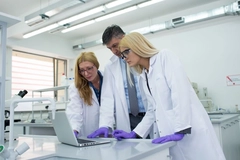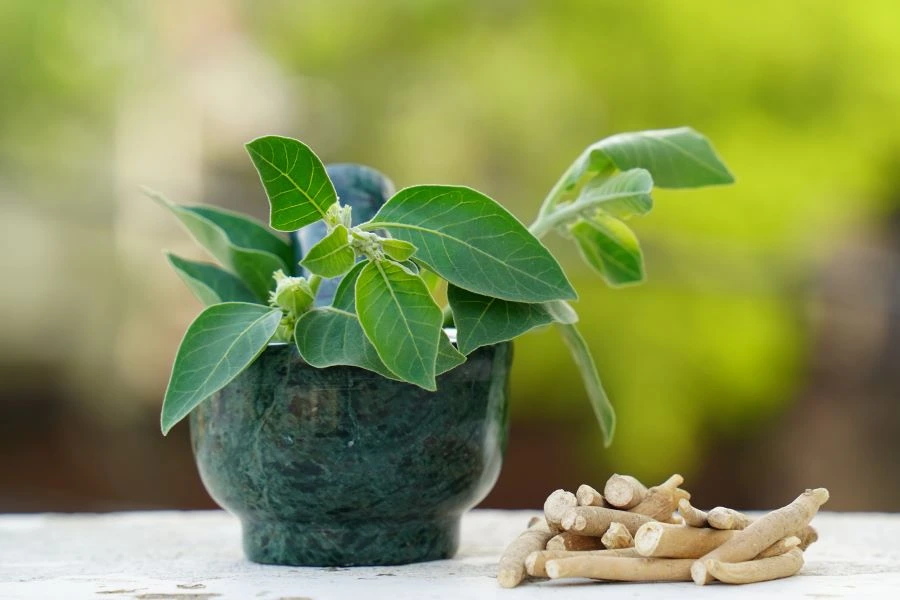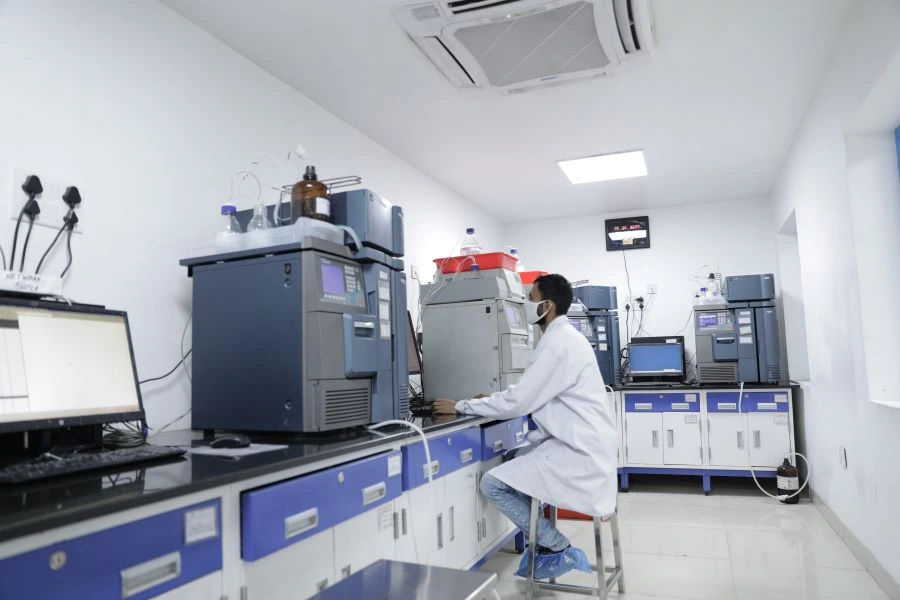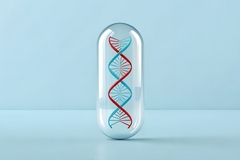New botanical guide to help detect adulteration of ashwagandha
Key takeaways
- The US Botanical Adulterants Prevention Program has released a guidance document to help detect adulteration of ashwagandha root and root extract.
- The guidance highlights that some products labeled as “root-only” contain cheaper leaves and stems, and warns that tests detecting only withanolides are insufficient.
- The document reviews 22 analytical methods to guide industry professionals in identifying mislabeling and ensuring product integrity.

The US Botanical Adulterants Prevention Program (BAPP) has published a Laboratory Guidance Document on the adulteration of ashwagandha (Withania somnifera) root and root extract. The publication evaluates analytical methods to authenticate the ingredients and detect adulteration with lower-cost materials.
With a long history of use in Ayurvedic medicine, ashwagandha is a well-known botanical in the US. It is used for various benefits, such as serving as an adaptogen to help manage stress and anxiety, invigorating and strengthening the body, and improving sexual stamina.
The botanical is also used for its anti-inflammatory and immunomodulatory effects.
“Ashwagandha has become one of the most popular ingredients in botanical dietary supplements,” says Stefan Gafner, chief science officer of the American Botanical Council (ABC), one of the founding organizations of BAPP.
“An especially rapid increase in sales was observed in the later months of the COVID-19 pandemic, when many consumers used ashwagandha to help them adapt to the stressful situations that the pandemic created. At that time, the production could no longer keep up with the demand, which led to an increase in the marketing of mislabeled and adulterated ingredients.”
Gafner notes that, unfortunately, this misbranding and adulteration persisted. “We hope that this new BAPP Laboratory Guidance Document can help companies detect low-quality and adulterated ingredients before they are purchased to be used — and deceptively labeled as ‘root’ in consumer products.”
Detecting adulteration
Innova Market Insights data indicates that ashwagandha remains the most popular herb globally in botanical supplements. In 2024, it was found in 10% of all botanical and herbal supplement launches globally.
 The publication helps to assess whether lower-cost ashwagandha leaves and stems have been added to root powders or root extracts.Amid growing ashwagandha sales, ABC highlights reports that undeclared ashwagandha leaves and stems have been added to root powders or root extracts, even where certificates of analysis and finished herbal product labels claimed the contents were only root materials.
The publication helps to assess whether lower-cost ashwagandha leaves and stems have been added to root powders or root extracts.Amid growing ashwagandha sales, ABC highlights reports that undeclared ashwagandha leaves and stems have been added to root powders or root extracts, even where certificates of analysis and finished herbal product labels claimed the contents were only root materials.
These aerial parts are available at a lower cost and contain some of the same phytochemical compounds as the roots, mainly withanolides. Therefore, test methods that only assess the presence of withanolides are “inadequate and unsuitable” to detect adulteration of ashwagandha root with undisclosed plant parts.
The BAPP Ashwagandha Laboratory Guidance Document also details the chemical composition of ashwagandha and potentially confounding materials, including the roots of unrelated plants such as mucuna (Mucuna pruriens) and fenugreek (Trigonella foenum-graecum).
Moreover, it outlines the suitability and limitations of 22 different laboratory analytical methods for authenticating ashwagandha root and detecting adulteration.
Product labeling
Products that fully disclose both ashwagandha leaf and root materials in an ingredient or the finished product are not the focus of the new guidance document.
Mark Blumenthal, founder and executive director of ABC and founder of BAPP, emphasizes that such properly labeled products would not be considered adulterated or misbranded. He says that adulteration and fraud occur when lower-cost ingredients are added to a product and intentionally concealed by the seller for unfair economic gain.
 The guidance document also details the chemical composition of ashwagandha and potentially confounding materials, like fenugreek.The guidance document was peer-reviewed by 20 experts in the quality control of medicinal plants from nonprofit organizations, contract analytical laboratories, and the US and international herbal industries.
The guidance document also details the chemical composition of ashwagandha and potentially confounding materials, like fenugreek.The guidance document was peer-reviewed by 20 experts in the quality control of medicinal plants from nonprofit organizations, contract analytical laboratories, and the US and international herbal industries.
The publication is BAPP’s 17th laboratory guidance document and is freely available on the ABC website for registrants.
Previously, the program also published a bulletin aimed at preventing the adulteration and mislabeling of bacopa (Bacopa monnieri), which shares the common Sanskrit name “brahmi” with another plant of similar properties, gotu kola (Centella asiatica).
Ashwagandha in the news
Scientific research supports the wide range of health benefits associated with branded ashwagandha extracts, particularly in enhancing mental well-being.
For example, Arjuna Natural’s Shoden ashwagandha has secured a stress and sleep aid endorsement from Health Canada. The company notes that a low dose of its ingredient can reduce cortisol levels and stress, while identifying that withanolide glycosides can boost the botanical’s bioavailability.
Meanwhile, clinical research supports Kerry’s ashwagandha ingredient, Sensoril, in enhancing the quality of life and health of postmenopausal women.
At the same time, the botanical has come under increased scrutiny among European food safety agencies due to safety concerns associated with the botanical, despite its use for thousands of years in traditional remedies. Nutrition Insight previously discussed the botanical’s health risks and the market impact of legal authorities advising against its use with key players and experts.












